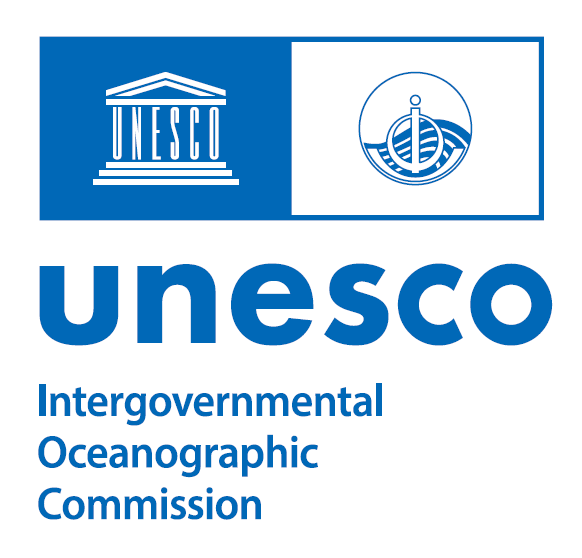Harmful algal blooms (HABs) are proliferations of certain photosynthetic organisms (including unicellular phytoplankton and phytobenthos, macroalgae, cyanobacteria, and particular ciliates) that can cause massive fish kills, produce toxins that bioaccumulate in seafood, and/or cause ecological damage through the development of hypoxia/anoxia and other habitat alterations. HABs are natural processes that occur in all aquatic systems and cause worldwide problems with significant economic, socio-cultural, and human health consequences. There is considerable concern that some HABs and/or their associated impacts may be increasing globally due to a combination of natural and human-driven forcing, including climate change. In the past two decades, improvements in scientific understanding of the complex processes involved in HAB dynamics have contributed to better management of the risks associated with some harmful events. This progress has been possible with concurrent advances in technology, observation and modeling approaches, as well as the coordination of the international research fostered by the SCOR and IOC-UNESCO programme GEOHAB. Still, important gaps in knowledge and uncertainties about future trends of HABs require the continued coordination of international research on HABs in order to efficiently predict them and prevent and mitigate their impacts. GlobalHAB assumes this goal and in consequence, its scientific and implementation plan builds on the GEOHAB Science Plan (GEOHAB 2001).
The GlobalHAB Science and Implementation Plan presented here constitutes an addendum to that document and it includes a specific implementation strategy. The objectives identified in GEOHAB for marine species and ecosystems also apply to freshwater and brackish water habitats. Furthermore, while GEOHAB studies were centered on unicellular planktonic microalgae and some marine cyanobacteria only, GlobalHAB will foster research on harmful marine benthic taxa, macroalgae and freshwater cyanobacteria as well. The integration of the former GEOHAB Programme Elements and the new topics, here after referred to as “Themes” (as illustrated in the figure below), serve as a framework to guide priorities and research, and to define the scientific boundaries of the GlobalHAB programme. Although initially structured on twelve Themes, the programme is open to include new issues in response to the emerging challenges continuously posed by HABs.

The 12 Themes integrated in GlobalHAB cover processes ranging from small-scale (e.g., biodiversity, adaptive strategies) to large scale (climate change). GlobalHAB perspective is multidisciplinary, integrating physics, chemistry and biology, and addressing the impacts of HABs on the environment and human societies (including health, economy and socio-cultural aspects). Improved observation within and across the different themes should result in better predictions of the HAB events and contribute to the management of their impacts.
The Themes cover processes from cellular to ecosystem scales concerning benthic and planktonic, unicellular and multicellular organisms. GlobalHAB also reinforces the multidisciplinary approach necessary to better understand HABs in all aquatic ecosystems. Indeed, GlobalHAB integrates physical, chemical and biological processes (represented by the term “Ecology” in the figure), and allows interaction between HAB and (traditionally) non-HAB disciplines such as health, economics and sociology. GlobalHAB Themes include the Programme Elements that formerly structured GEOHAB (GEOHAB 2001), namely Biodiversity and Biogeography, Nutrients and Eutrophication, Adaptive Strategies, Comparative Approach, Observations, Models and Predictions. As these elements remain valid and given the scientific and technology advances in recent years (see Kudela et al. 2017a, c), continued study in these areas will contribute to the progress of research on HABs. GlobalHAB also incorporates several new, timely topics not specifically addressed in GEOHAB: Freshwater HABs and cyanobacteria HABs, Aquaculture and HABs, Toxins, Health, Economy and Climate Change. Some of these new topics directly relate to the effects of HABs on human societies at present and in a rapidly changing world. Although these terms were mentioned in the GEOHAB Science Plan, the topics were either deliberately omitted in order to focus on oceanography and ecology of marine microalgae, or could not be examined fully during GEOHAB because they were not yet mature. Exceptionally, research on Benthic HABs was fostered through the creation of a new core research project (CRP) towards the end of GEOHAB (GEOHAB 2012) given the increasing demand for research on Ciguatera Fish Poisoning (CFP). The relevance of the problem and the rapid progress achieved in this research area (Berdalet et al. 2017a; Berdalet and Tester 2017) justifies the inclusion of the Benthic HABs theme in GlobalHAB with objectives that reach beyond the GEOHAB CRP to encompass other benthic HAB issues.
In this webpage, the objectives, potential implementation activities and expected outcomes of the individual themes are presented separately. However, the activities conducted under GlobalHAB will be conceived to be ultimately linked and integrated to achieve the understanding required. Multidisciplinary and integrated research should provide advice to manage the impacts of HABs on humans and the environment. While retaining a strong research-based focus, GlobalHAB will concurrently contribute to the application of new knowledge to management strategies and practices in order to broaden international support.


